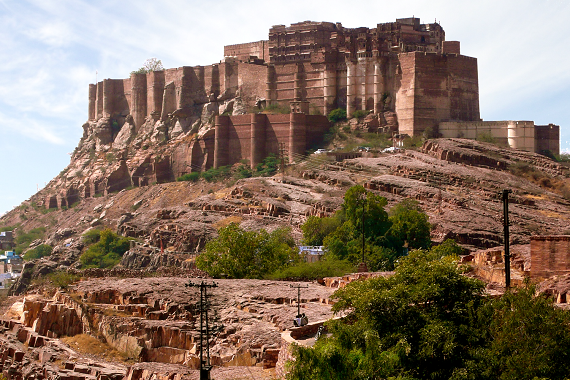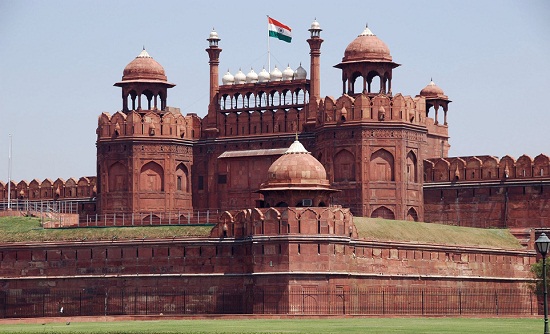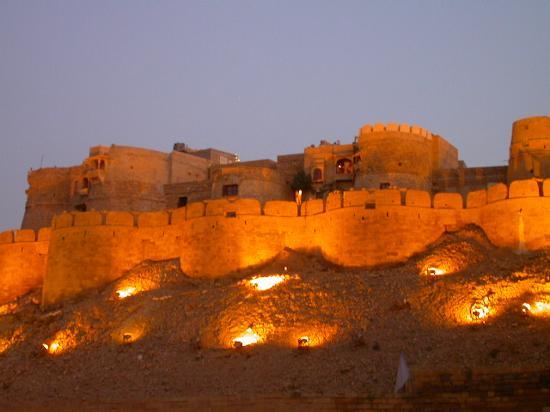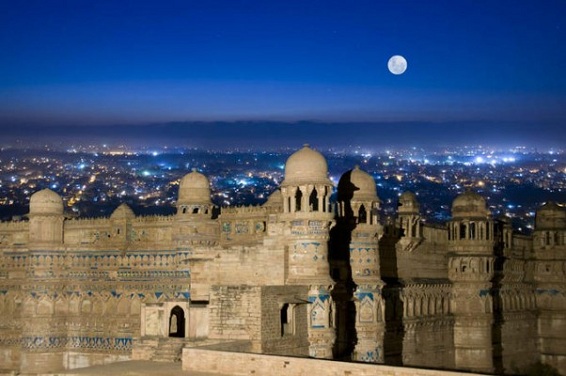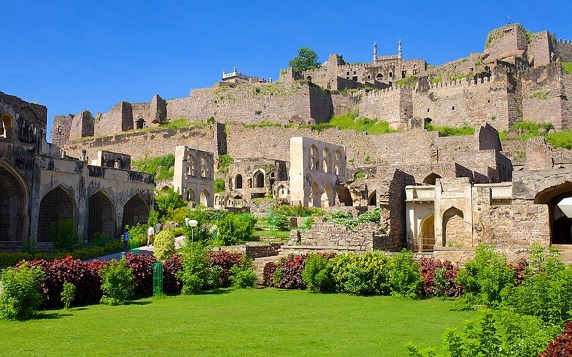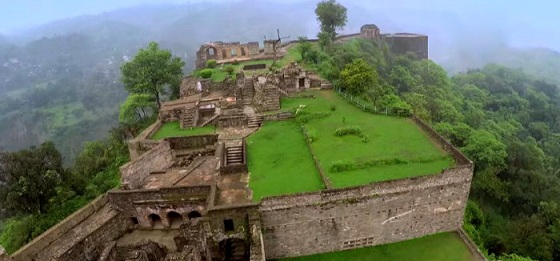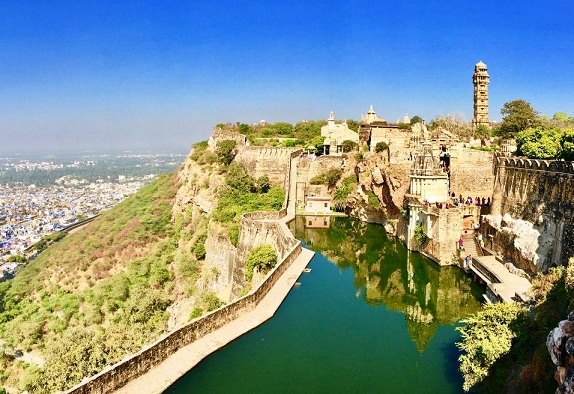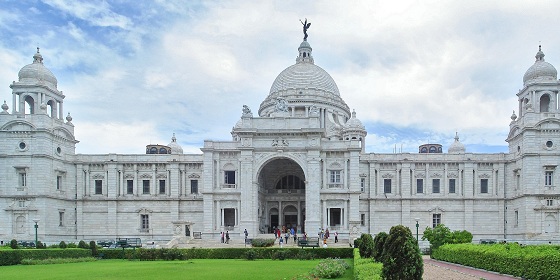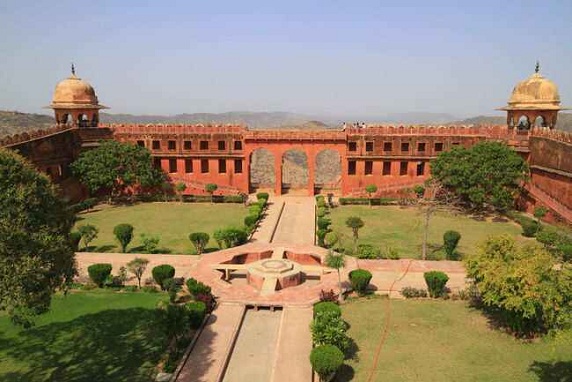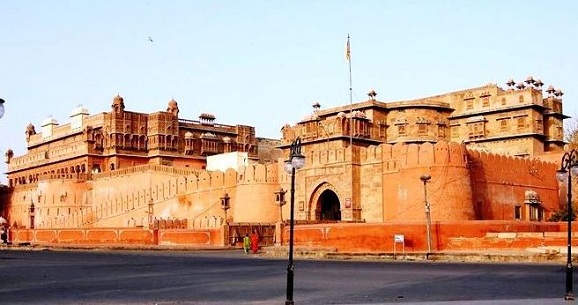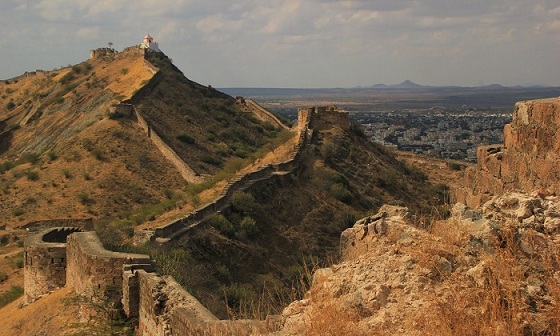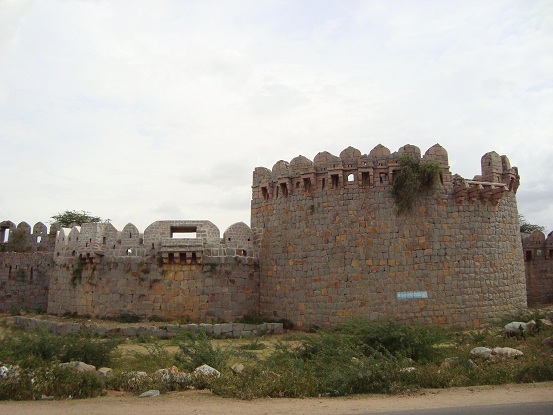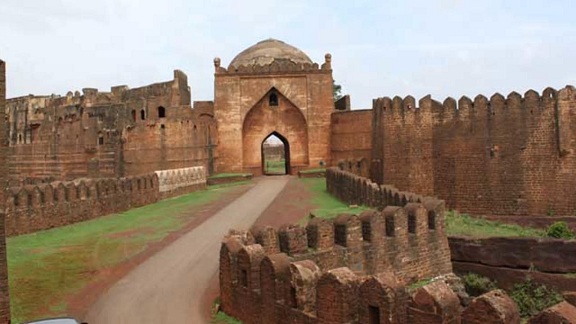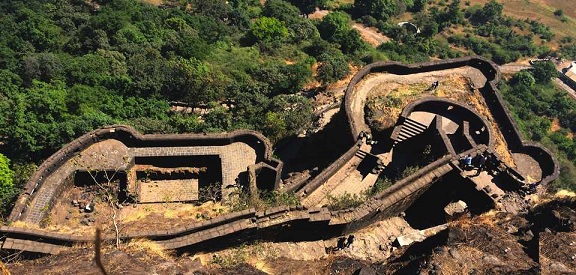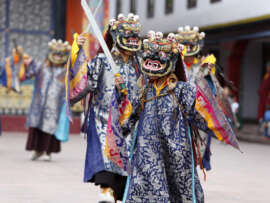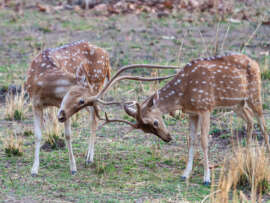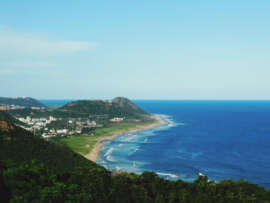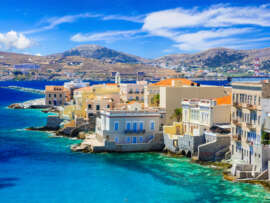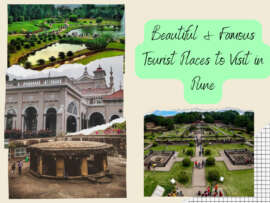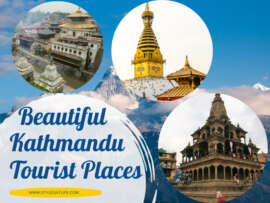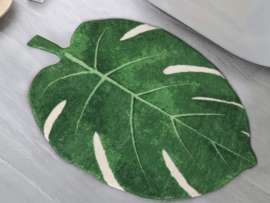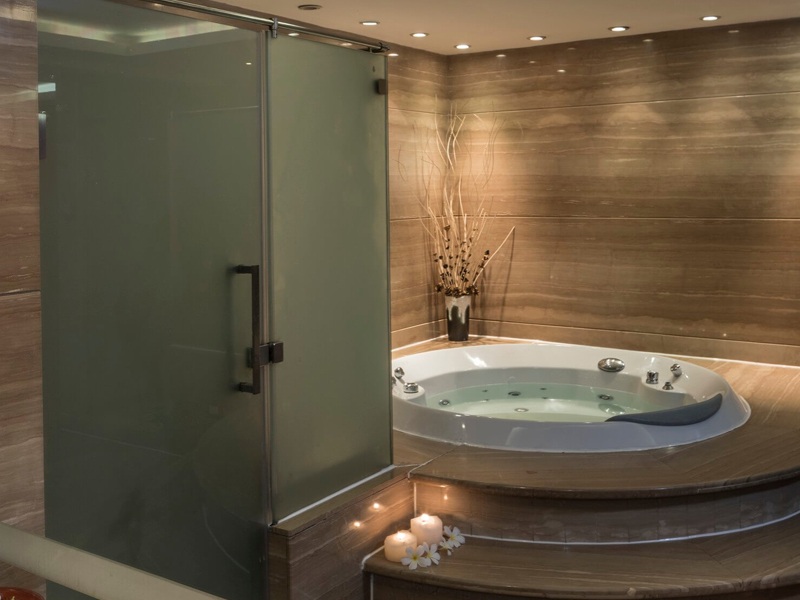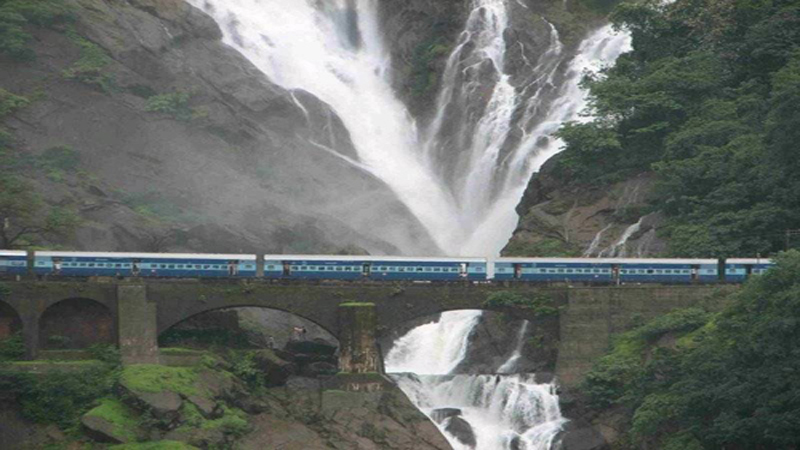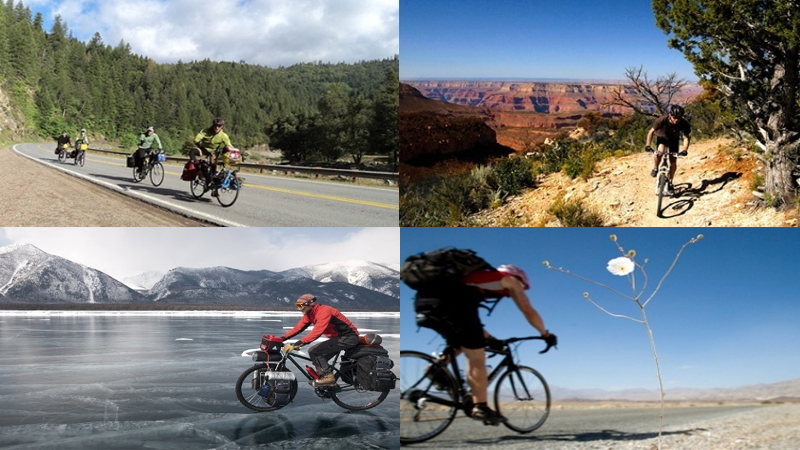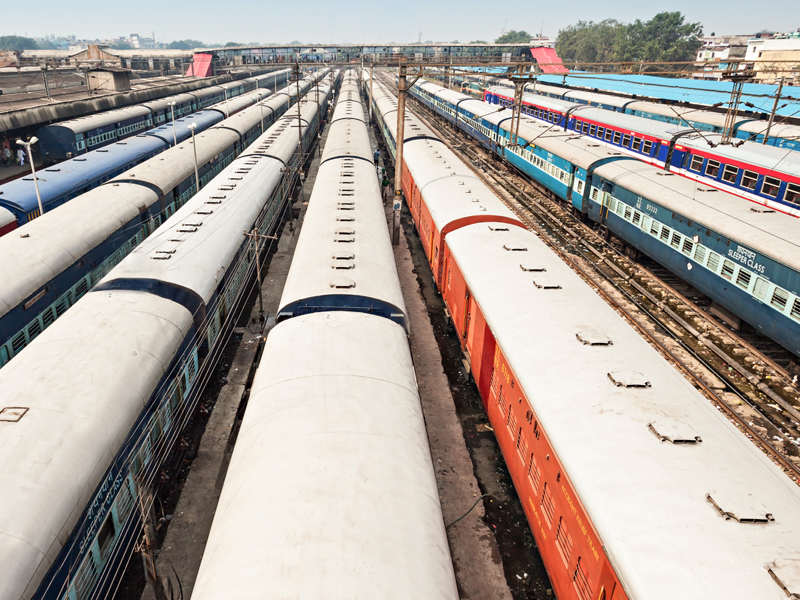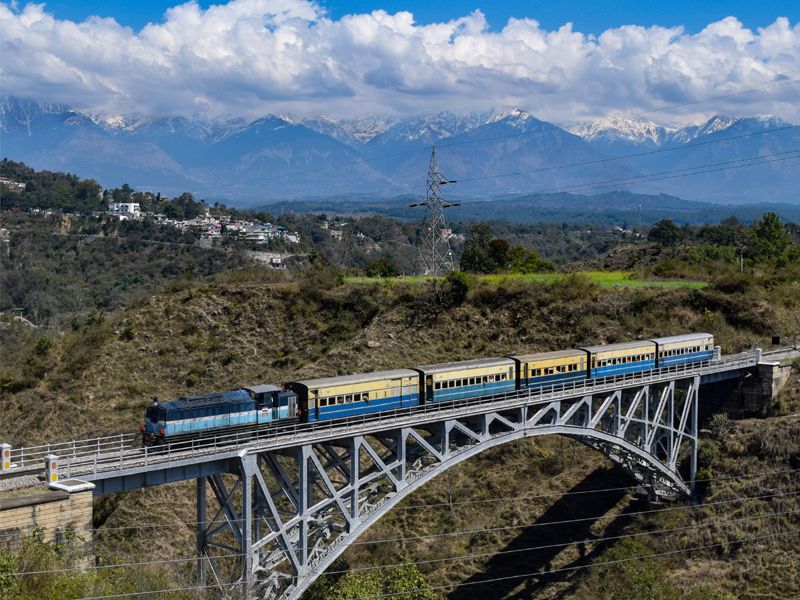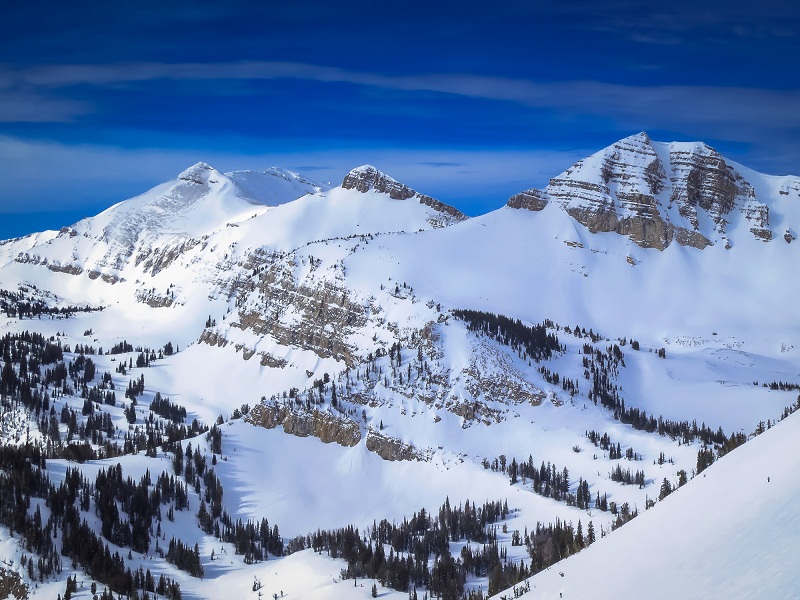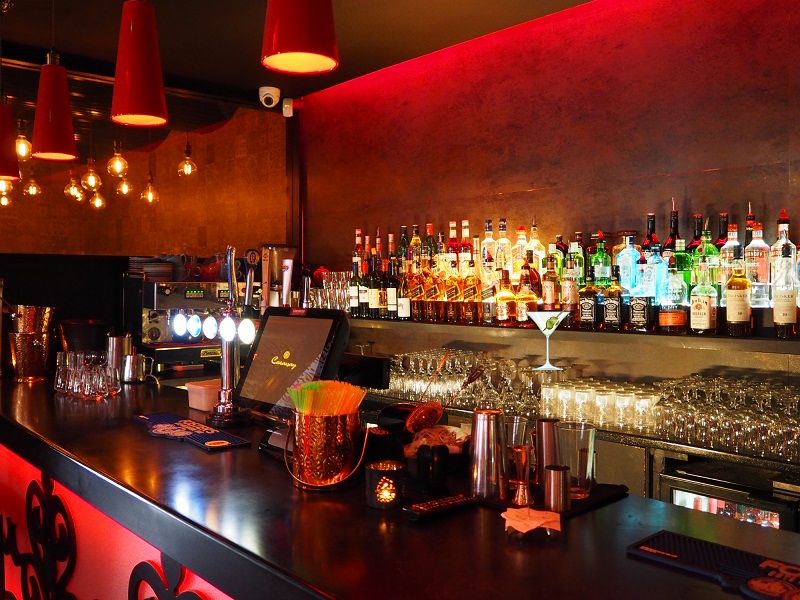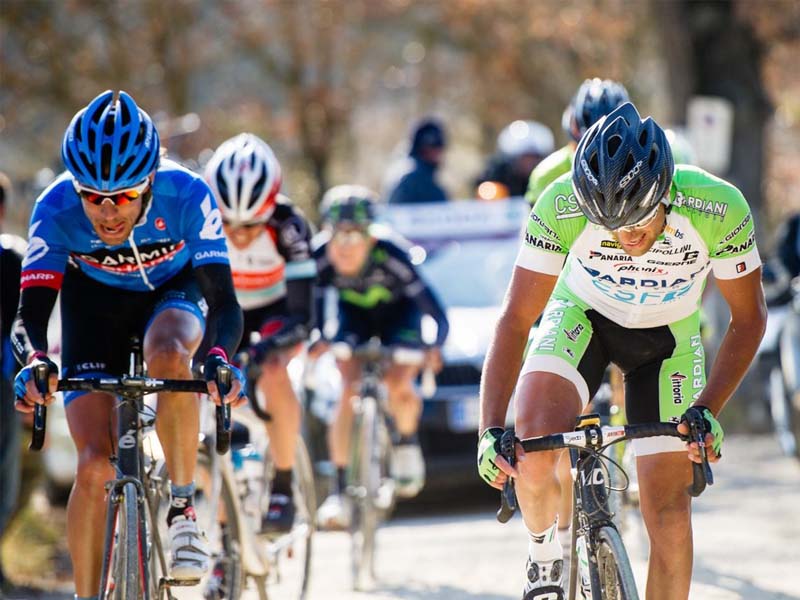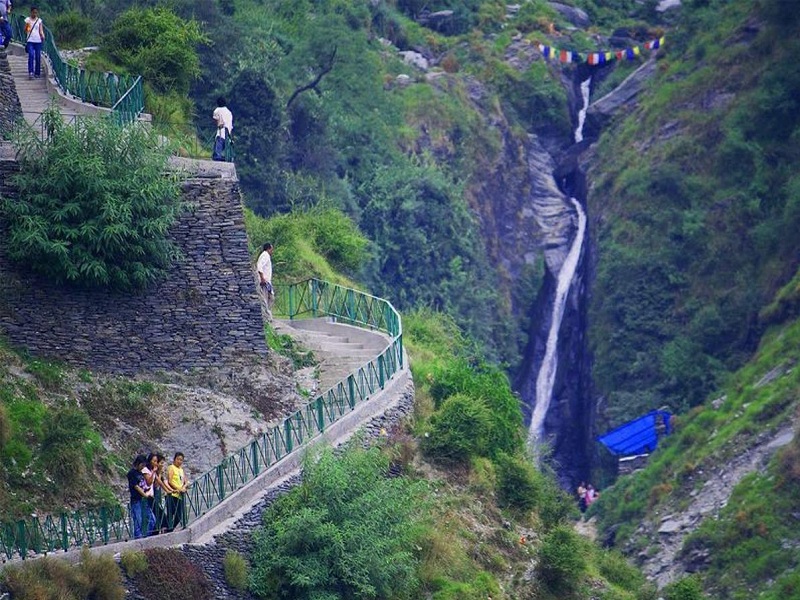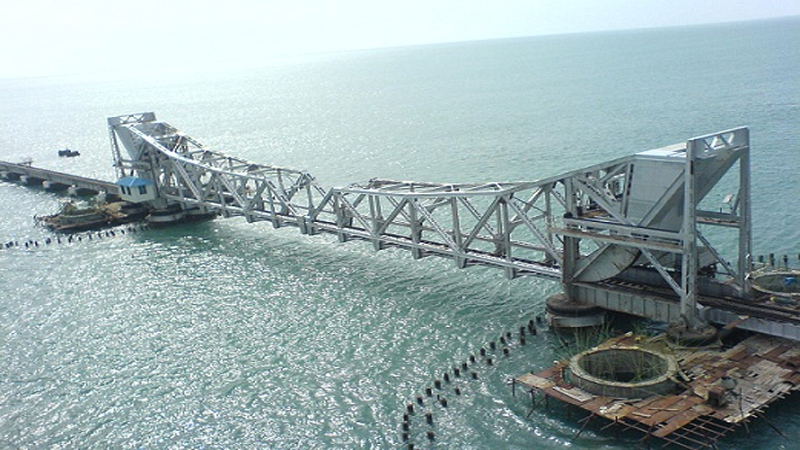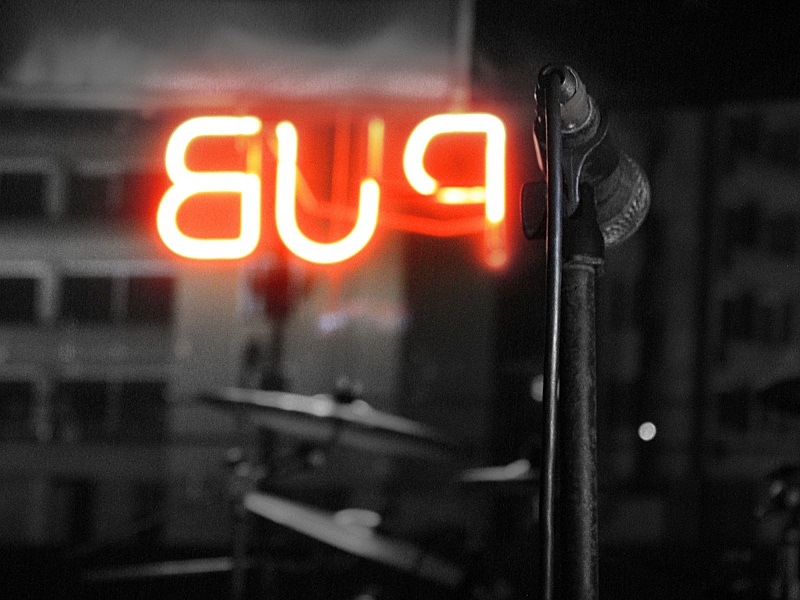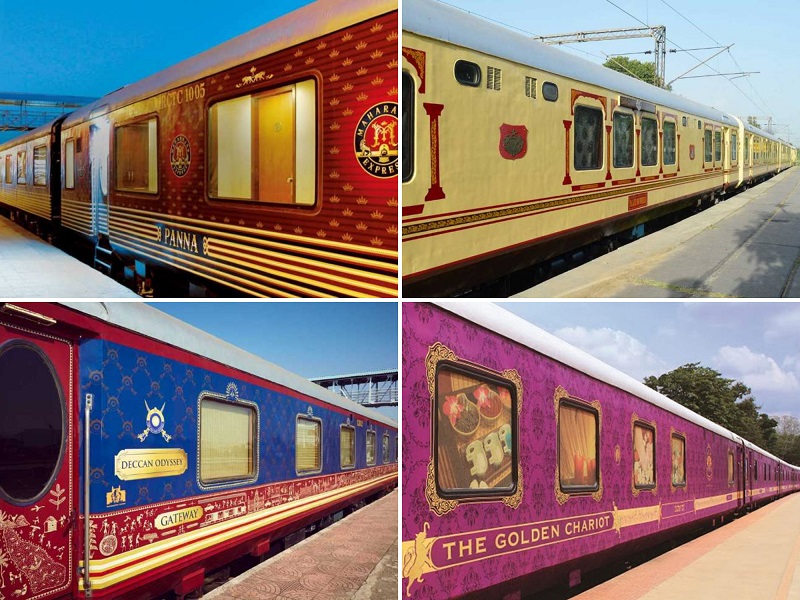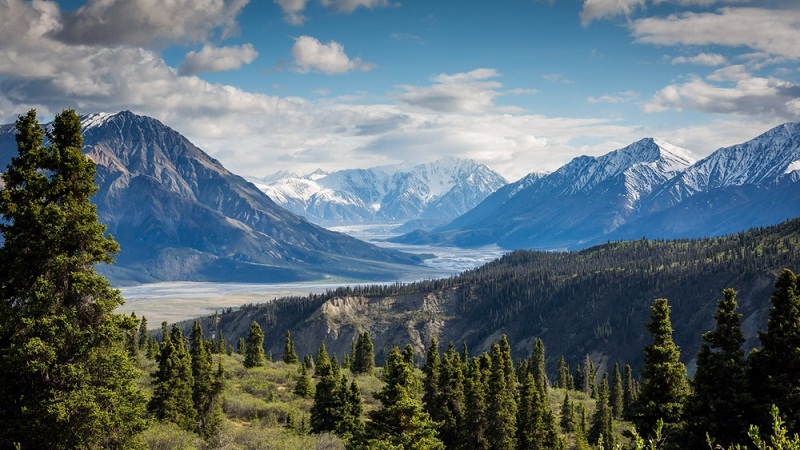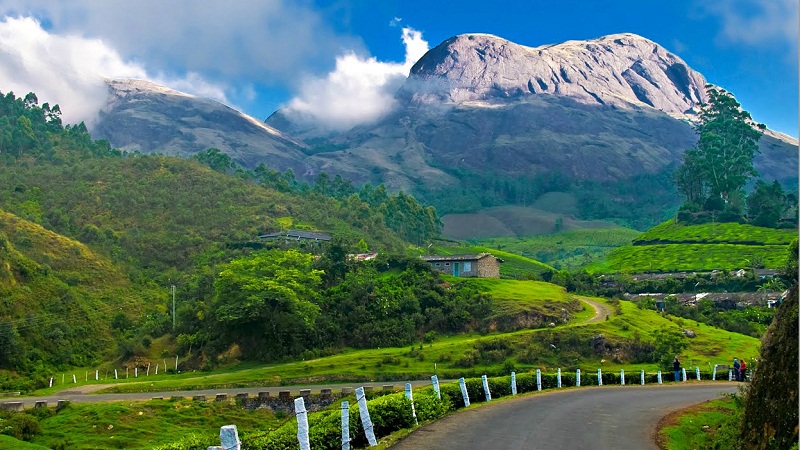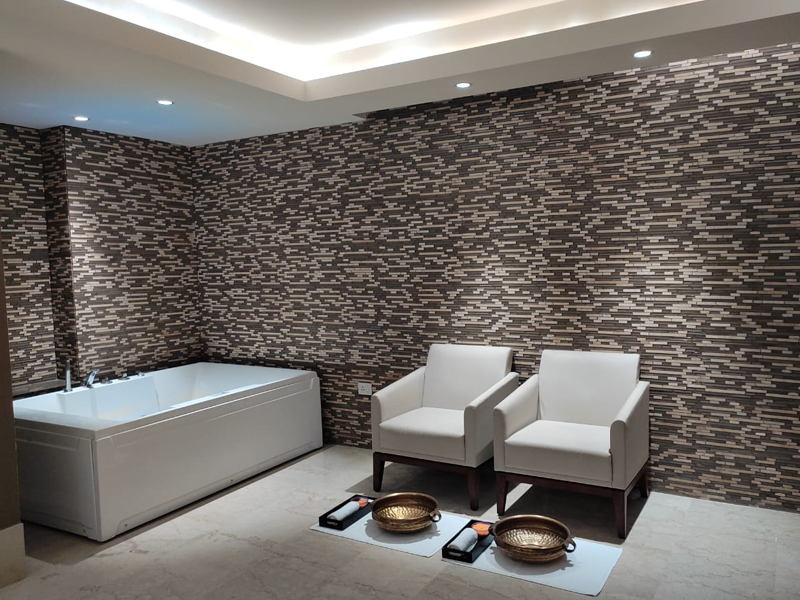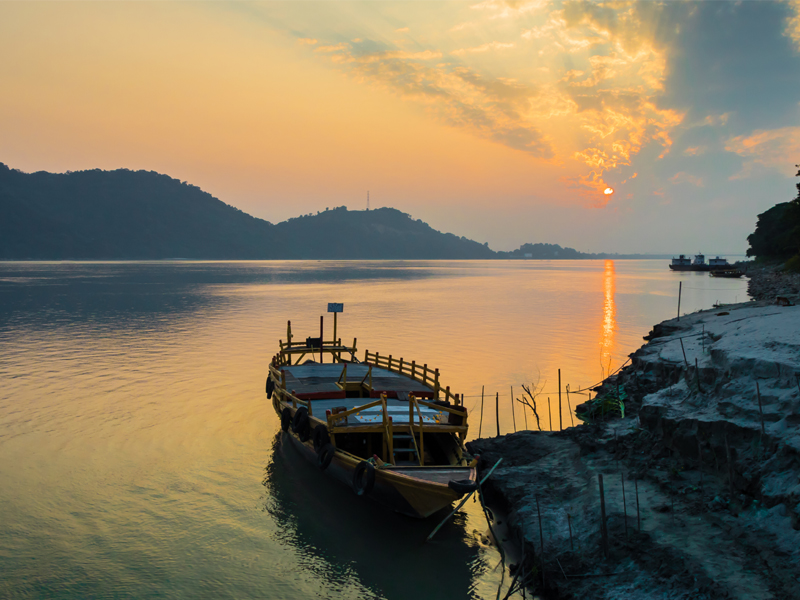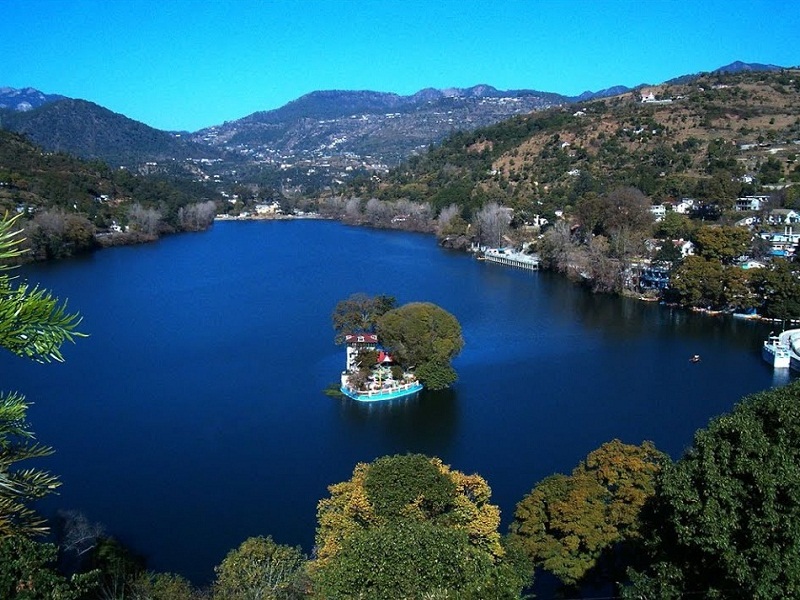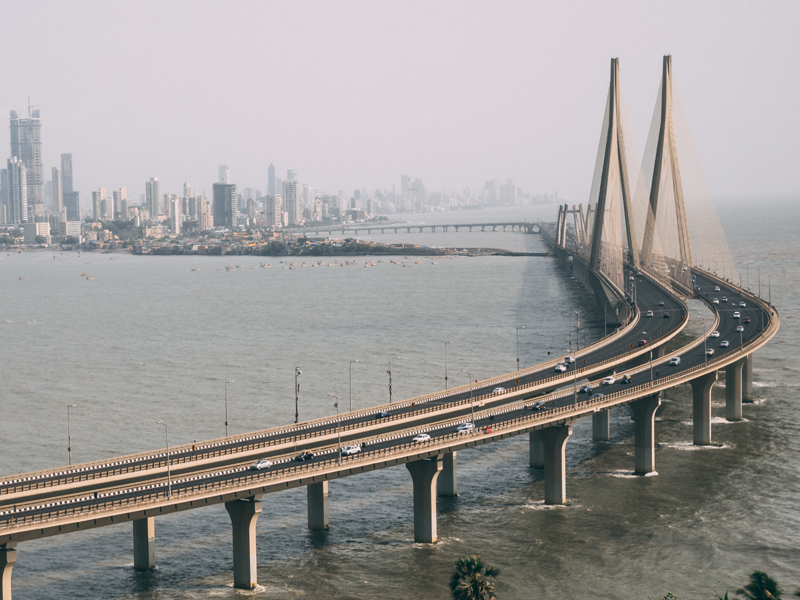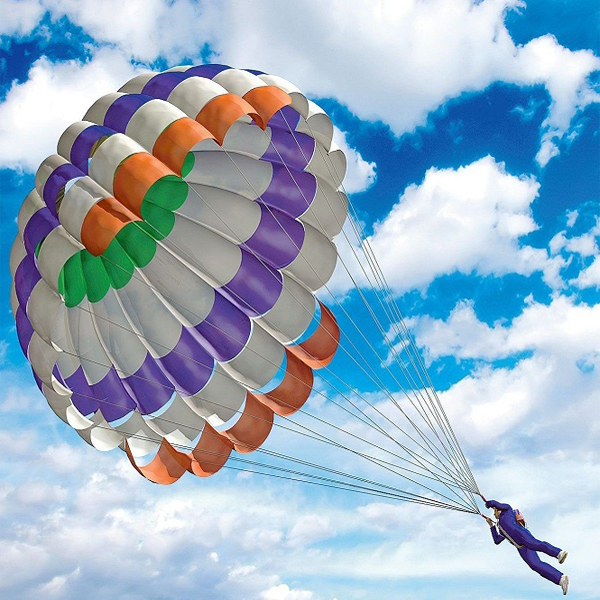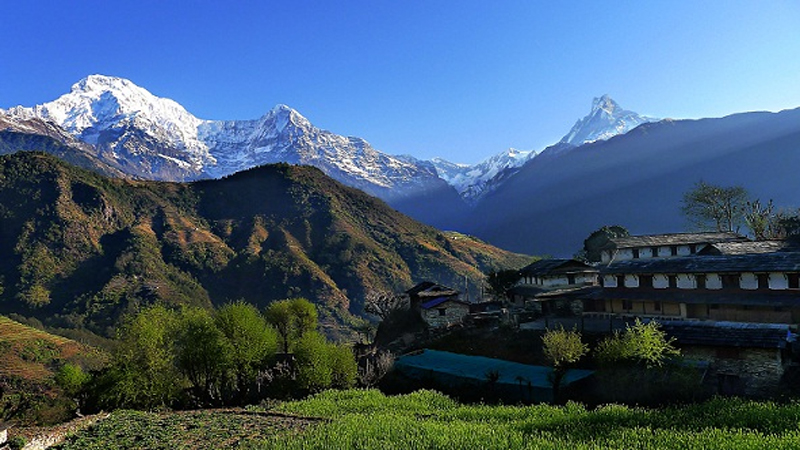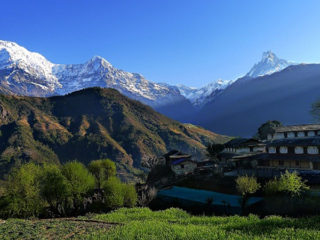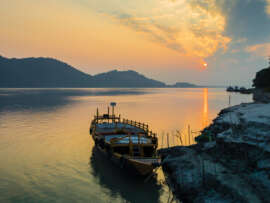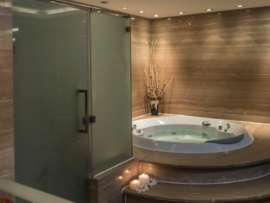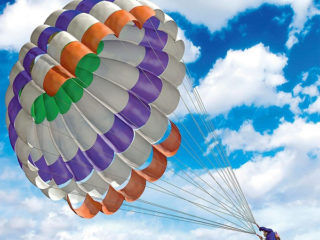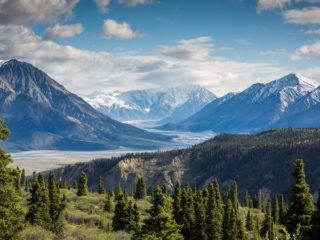Most of the forts in India are castles, fortified palaces or fortresses, but when the British government in India cataloged the 17th-19th-century defenses, they used the word forts that became the common description across India. Local names of forts of India are suffixed by local word for fort, so it is common to use the Sanskrit word Durga, or Hindi word qila, or the Rajasthan, Assam, and Maharashtra word Garh or gad. A fort around which a township grew and developed was the capital of each Raja or chieftain; this pattern can be seen in many South Asian cities like Delhi, Agra, Rajasthan, Lahore, Pune, Kolkata, Surat, and Mumbai. If you’re inclined toward these historical forts in India, you can go through our list below where we have meticulously selected our readers’ top list of forts in India.
List of Famous Forts in India – Top 15 To Visit:
1. Mehrangarh Fort, Jodhpur:
This is one of the largest forts in India. Its history is related to Rao Jodha. In 1458, he became the fifteenth ruler of Rathore; he was advised to move his capital to a safer place, one year after his accession. The 1,000-year-old Mandore fort deteriorated slowly and gradually. This led to the Mehrangarh Fort being found. The interiors have graceful glass work, which is mesmerizing. There are Mahals, Museum, Temple and Chokelao Mehran Terrace inside the fort.
- Address: The Jodhpur Fort, Sodagaran Mohalla, Jodhpur, Rajasthan 342006
- Built by: Jodhpur State
- Year: 1459
- Highlights: Situated at the height of 410 feet, it is one of the largest forts of India. Things to be done at Mehrangarh Fort include Flying Fox, a 6-line adventure operated under the supervision of the Chokelao Garden International Safety Standards
- Visiting Hours: 9 a.m. – 5 p.m. (on all days)
- Weather: Jodhpur has hot summers, rainy monsoon and a cold winter season
- Ideal Time: The most pleasant time to visit Mehrangarh Fort is from mid-October to mid-March
- Entry Fee: The entry fee is Rs. 60.
2. Red Fort, Delhi:
The Red Fort is one of the historical forts of India in Delhi City, also known as LalQila, built as the palace of its fortified capital Shahjahanabad by the fifth Mughal Emperor Shah Jahan and named for its massive enclosing red sandstone walls. The imperial apartments are a series of pavilions connected by a water channel known as the Paradise Stream (Nahr-i-Behisht).
- Address: Netaji Subhash Marg, LalQila, Chandni Chowk, New Delhi, Delhi 110006
- Built By: Mughal Emperor Shah Jahan
- Year: 1639
- Highlights: Rang Mahal, one of the fort’s most outstanding palaces, literally means “color palace.” The consorts of emperors and their maids used this palace.
- Visiting Hours: 9.30 a.m. to 4.30 p.m. Open all days. (Closed on Monday)
- Weather: New Delhi experiences hot and humid summers, rainy monsoon and a chilling winter season
- Ideal Time: The most pleasant time to visit is between February – April, August – November
- Entry Fee : Rs.35
3. Jaisalmer Fort, Jaisalmer:
Jaisalmer Fort, one of the largest forts of India, located in Rajasthan State, built by Rawal Jaisal. Rajasthan’s second oldest fort counted as one of India’s most invincible forts. Jain temples, the Royal Palace and big gates are the main attractions inside the forts. Jaisalmer is also famous for the sand land of Trikuta Hill, Havelis, Lakes, and Palace. Jaisalmer Fort magnificent foundation is located in the middle of the Great Thar Desert’s sandy terrain.
- Address: Fort Rd, Near Gopa Chowk, Khejer Para, Manak Chowk, Amar Sagar Pol, Jaisalmer, Rajasthan 345001
- Built By: Rawal Jaisal
- Year: 1155 AD
- Highlights: Jaisalmer fort is also known as Sonar Quila and “Golden Fort,” built on the Trikuta hill, 76 meters above the town.
- Visiting Hours: 8 a.m. to 5.30 p.m. Open all days.
- Weather: The summer season in Jaisalmer is extremely hot and dry, rains are low, and winter is pleasant.
- Ideal Time: November to March: During this time, sightseeing and other outdoor activities such as camel ride, desert safari are more enjoyable as the maximum temperature does not exceed 24 degrees Celsius.
- Entry Fee: Rs.50
4. Gwalior Fort, Gwalior:
One of the oldest forts of India, this fort has existed since the 10th century at least, and the inscriptions and monuments indicate that it may have existed as early as the beginning of the 6th century. This magnificent monument contains a specimen of the beautiful ancient architecture of India. Gwalior Fort’s main attraction is the famous temple of Sas-Bahu, Gujari Mahal, now a museum, and The Man Mandir.
- Address: Gwalior, Madhya Pradesh 474008
- Built By: Rana Man Singh Tomar
- Year: 6th century
- Highlights: The majestic monument is one of India’s biggest fort, and a postmark was issued to commemorate the importance of this fort.
- Visiting Hours: 6 a.m – 5.30 p.m. Open all days.
- Weather: You can visit this city throughout the year. However, it is recommended to avoid summers.
- Ideal Time – The best time to visit Gwalior is from October to March. Between July and September, however, those who do not mind little rains can also visit.
- Entry Fee: Rs.75
5. Golconda Fort, Hyderabad:
Golconda Fort is one of greatest old forts in India, a majestic fortress on the outskirts of Hyderabad. Built by different Qutub Shahi rulers around the 12th and 16th centuries, this fort has a rich history that is nearly 400 years old. The fort of Golconda is an excellent example of beautiful architecture and renowned for its diamond trade, and the world-famous “Kohinoor” diamond is said to have been found here.
- Address: Khair Complex, Ibrahim Bagh, Hyderabad, Telangana 500008
- Built By: Kakatiya dynasty
- Year: 13th century
- Highlights: The entrance gates of the fort are colossal and are equipped with iron spikes to avoid damaging elephants. An outer wall of about 11 kilometers long, surrounds the entire township of Golconda. This long road used to be a busy market in the past where things like jewelry, diamonds, pearls, and other gems could be purchased.
- Visiting Hours: 9 a.m. – 5.30 p.m. Open on all days.
- Weather: March-June is very hot, before the July–September peak monsoon rains. November–February is dry, with warm days and mild evenings.
- Ideal Time: The best time to visit Golconda Fort is between September and March.
- Entry Fee: Rs. 100
6. Kangra Fort, Kangra:
This is also one of the oldest forts in India, said to have been built about 3,500 years ago. High rampant parts and massive black stone walls guard the entire Fort. The highest point is occupied by the courtyard of the palace, beneath which there is a large courtyard containing the stone carved temples of Laxmi Narayan, Ambika Devi and Jain Temple (a pilgrimage point for the Jains as it holds Mahavir’s original idol).
- Address: Old Kangra, Kangra, Himachal Pradesh 176001
- Built By: Maharaja Susharma Chandra
- Year: 4th century BC
- Highlights: The fort has 11 gates and 23 bastions in total. The fort is spread on both sides through a 4-km-long outer circuit over a large area.
- Visiting Hours: 9 a.m.– 6 p.m.
- Weather: Temperature ranges from 22 to 38 degrees Celsius with the beginning of summer in March and Kangra experiences a rush of tourists during this season who prefer to undertake various adventurous activities. It’s the best time to trek in the valley.
- Ideal Time: It is summer months of March to August
- Entry Fee: Rs.150
7. Chittorgarh Fort, Chittorgarh:
Chittorgarh Fort is considered the symbol of chivalry, resistance, and bravery of Rajputs. The famous Chittorgarh fort, one of the biggest forts in India, is located on a 180-meter-high hill rising from the banks of the Berach River. The fort is well known for its seven gates: Padan Gate, Ganesh Gate, Hanuman Gate, Bhairon Gate, Jodla Gate, Lakshman Gate, and Lord Ram’s main gate.
- Address: Old Kangra, Kangra, Himachal Pradesh 176001
- Built By: Chitrangada Mori
- Year: 4th century BC
- Highlights: The fort of Chittorgarh houses many palaces, such as Palace of Rana Kumbha, Palace of Fateh Prakash, Tower of Victory and Palace of Rani Padmini. All of these structures are important for the architectural features of Rajput.
- Visiting Hours: 9:45 a.m.- 6:30 p.m.
- Weather: Chittorgarh experiences a very dry climate. The best time to visit Chittorgarh would be in the winter season when you will find the environment on the pleasant side.
- Ideal Time: The best time to visit Chittorgarh is winter.
- Entry Fee: Rs.50
8. Fort William, Kolkata:
It is one of the British forts in India. Fort William is a fort built during the early years of British India Bengal presidency in Calcutta (Kolkata). It is on the eastern banks of the Hooghly River, the River Ganges ‘ biggest distributor. It spans over an area of 70.9 hectares, one of the most enduring Raj-era buildings in Kolkata. The name of the fort was King William III. The British East India Company built the original fort in 1696 on the orders of Sir John Golds borough. The fort is currently owned by the Indian Army and serves as the Eastern Command headquarters. Visitors must take the Commanding Officer’s special permit to visit it.
- Address: Maidan, Fort William, Hastings, Kolkata, West Bengal 700021
- Built By: British East India Company
- Year: 1696
- Highlights: There are six gates: Chowringhee, Plassey, Calcutta, St. George’s, Water Gate, and Treasury Gate.
- Visiting Hours: 10 a.m.- 5.30 p.m.
- Weather: The climate is tropical, with warm to hot weather year-round. Torrential monsoon rains are typical June-September. The cool season lasts from December to February.
- Ideal Time: The best time to visit is during the winter season.
- Entry Fee: No entry fees
9. Jaigarh Fort, Jaipur:
The vast and stunning, beautiful fort in India. Jaigarh Fort was built using red sandstone during the Jai Singh II period between the 15th and 18th centuries. Once upon a time, this was the fort responsible for both Jaipur and Amer’s safety and security from rivals. The majestic fort also has the complexes to store giant weapons, cannons and other weapons along with places such as assembly of warriors. Together with its exceptional military architecture and other attractions, the gigantic cannon Jaivanais the fort’s major attraction.
- Address: Devisinghpura, Amer, Rajasthan 302028
- Built By: Jai Singh II
- Year: 1726
- Highlights: This fort, being a military campus, holds an armory that has the swords, and other essential things mostly used in wars.
- Visiting Hours: 9 a.m. -4.30p.m.
- Weather: Jaipur has warm, dry winters, early summers extremely hot/dry and a short season of monsoons. During the winter period when the weather is at its coldest and driest, the best season to visit Jaipur. The worst season to visit Jaipur is during April, May, and June, the intensely hot months.
- Ideal Time: The best time to be is between October and March
- Entry Fee: Rs.35
10. Junagarh Fort, Bikaner:
It is one of the famous forts in India, and particularly the state of Rajasthan. Junagarh Fort, bounded by a moat, has an intimidating structure. The complex of the palace houses in its boundaries some beautiful structures. Marble and red sandstone palaces make up for a beautiful collection of stunning-looking kiosks, windows, balconies, and courtyards. The fort complex of Junagarh has two entrances and a total of 986 long walls with 37 bastions. There are 37 palaces in total, as well as several pavilions and temples.
- Address : Junagarh Fort Road, Bikaner, Rajasthan 334001
- Built By: Raja Rai Singh
- Year: 1593
- Highlights: One of the highlights of Junagarh fort architecture is its outstanding quality stone carving. The number of palace rooms has traditional-style paintings and decorations.
- Visiting Hours: 10 a.m. – 4.30p.m.
- Weather: Bikaner is considered to have a climate of the desert type. In Bikaner, there is practically no rainfall during the year.
- Ideal Time: It is recommended to visit the fort between November and February.
- Entry Fee: Rs. 50
11. Vellore Fort, Vellore:
Vellore Fort is the best forts in India known for its impressive architecture, of the 16th century built during the reign of Vijayanagara in Vellore, Tamil Nadu. This fort is renowned for its large ramparts, its massive moat, and its robust construction. Vellore Fort is not one of India’s oldest, but has also been the setting for many key events in the political history of the country. This fort’s halls echo with a rich past. It is therefore held in quite high esteem and has been visited by millions of travelers from all over the world.
- Address: Balaji Nagar, Vellore, Tamil Nadu 632004
- Built By: Chinna Bommi Reddy and Thimma Reddy Nayak
- Year: 1566 AD
- Highlights: Inside the fort, there is the stunning Jalakandeswarar Temple, which is proud of its intricate carvings, and the State Government Museum, which houses many archeological, artistic and weapons objects.
- Visiting Hours: 8 a.m. – 6 p.m.
- Weather: The time for Vellore to experience hot summers is from March to June.
- Ideal Time: The best time to visit Vellore is when the weather is pleasant between October and March.
- Entry Fee: Rs.5
12. Bhujia Fort, Bhuj:
The fort was built by Jadeja Chiefs to defend the city. Rao Godji I (1715–1718) ruler of the Kingdom of Kutch began building Bhujia fort as a kind of work defense for Bhuj. However, during his son’s rule, Deshalji I (1718–1741), the major work and completion were done. The hill was fortified as an additional aid to the capital’s defense, Bhuj. Devakaran Sheth, Diwan of Kutch during Deshalji I took the lead in strengthening the hill.
- Address: Bhujia Fort Rd, Bhujio Dungar, Bhuj, Gujarat 370020
- Built By: Rao Godji I
- Year: 1715–1741 AD
- Highlights: Since its construction, the fort has witnessed six major battles, most of which were fought between the Kutch Rajput rulers and the Sindh Muslim raiders and the Gujarat Mughal rulers in the years 1700-1800 AD
- Visiting Hours: 8a.m.– 7p.m.
- Weather: Weather in winter is best; the temperature ranges from 13 – 28 degree C
- Ideal Time: Being a warm place, the best time to visit Bhuj is between December and February, just after the monsoon ends and winter begins.
- Entry Fee: No entry fee
13. Mudgal Fort, Raichur:
During the Yadava family rule, the history of Mudgal Fort dates back to the 14th century. Devagiri was the capital of the Yadava dynasty. There are several captions found from Mudgal Fort that reveal Yadava dynasty rule around the area. Created by the architectural style of Muslim and Hindu, Mudgal Fort is considered a beautiful destination for tourists. Near the third entrance, there is a mosque consisting of a dual pillared gallery. The pillars are architecturally designed in the Hindu style. Mudgal Fort’s outer walls possess different statues of Hindu idols.
- Address: Mudgal, Raichur District, Karnataka 584125
- Built By: Jesuits
- Year: 1557 AD
- Highlights: Cyclopean architectural style creates the fort’s wall. There are rooms for the guards on each portion of the entrance passage. There is also a third, rounded entrance. Compared to the other two entrances, the third entrance is quite massive.
- Visiting Hours: 9 a.m.-5 p.m.
- Weather: The summers are short, sweltering, and dry in Mudgal; the winters are long, warm, muggy, and windy; and it is partly cloudy throughout the year.
- Ideal Time: The best time to visit Mudgal fort, Raichur is from October to March.
- Entry Fee: No entry fee
14. Bidar Fort, Bidar:
In the city of Bidar in Karnataka, Bidar Fort stands tall with pride and historical significance and architectural brilliance. The majestic fort, a favorite tourist spot in the state, is one of the nostalgic reversals to India’s opulent past. People come here to see a glimpse of the powerful South Indian dynasties that ruled Deccan.
- Address: Old City Fort Area, Bidar, Karnataka 585401
- Built By: Sultan Alla -Ud Din Bahman
- Year: 15th century
- Highlights: Built in Persian architectural style, the fort complex houses an old town full of monuments including Rangin Mahal, Gagan Mahal, Takhat Mahal, and so on.
- Visiting Hours: 9 a.m. – 5 p.m.
- Weather: Bidar is quite hot during the summers, but sudden bouts of shower tend to be quite refreshing. However, exploring the place is not exactly the best time. Winter season is pretty pleasant, though a bit cold, posing as an incredible time to witness the city’s glorious past.
- Ideal Time: Between October and March, the best time to visit the fort is because at that time the weather remains pleasant.
- Entry Fee: No Entry fee
15. Lohagad Fort, Pune District:
Lohagad Fort or the Iron Fort is one of the most spectacular sightseeing spots in Khandala and Lonavala twin-hill stations. It is estimated that the narrow zigzag steps leading up to the fort are around 500 in number. Surrounded by a rich historical past, Chhatrapati Shivaji and other dynasties that ruled the kingdoms of Maratha and Vidharbha were said to use the fort. The walk to the fort takes about 1.5 hours.
- Address: Lohagad Trek Rd, Lonavala, Maharashtra 410406
- Built By: Guru Gobind Singh
- Year: 14th century
- Highlights: You can also take an alternative route with clearly defined paths if you want to avoid climbing the steps. The view on top is bound to leave you speechless, totally worth the effort. If you are not bound by time, you can also visit the fort of Visapur, located near the fort of Lohagad.
- Visiting Hours: 9 a.m. – 6 p.m.
- Weather: Pune has warm summers, moderate rains, and cold winters.
- Ideal Time: The best time to visit Lohagad Fort is rainy season when the rains make the surroundings look fresh and green, while a dark cloud cover is a great respite from the sun.
- Entry Fee: No Entry fee
These forts played an essential role in India’s medieval history, and today there are numerous forts listed as heritage monuments by the Archeological Survey of India. Hopefully, this list of Indian forts has already prompted you to go out and explore! Which of them are you first visiting? How many out of the 15 have you previously visited? Comment your answers below.
Frequently Asked Questions & Answers:
1. How Many Forts are There in India?
Ans: India has an extensive and vast history, which may lead to some more forts that nobody has yet discovered. In India, there are about 1000s or more of forts.
2. Which are The Forts Built by The British in India?
Ans: Forts Established by The British in India:-
- Thalassery Fort near Kannur
- Anchuthengu Fort in Varkala
- Mahim Fort in Mumbai
- Sewri Fort in Mumbai
- Fort St. George in Chennai
3. What is The History of Forts?
Ans: The forts were built to influence the people, displaying king’s wealth, power, and glory. Most of the forts were castles, but the British used the word forts for castles in the 17th-18th century. Between 1300-1800 A.D. is when most of the forts were built.
4. Which Forts in India are Listed as World Heritage Sites as of 2018?
Ans: There are a Few Forts Namely:
- Red Fort in Delhi
- Agra Fort in Uttar Pradesh
- Rajasthan’s Hill-Forts: Amber Sub-Cluster, Gagron, Chittorgarh, Kumbhalgarh, Ranthambhore
5. Which Forts in India Have Zip Lines?
Ans: There are Two Forts with Zip Line tour
- Mehrangarh Fort – Jodhpur, Rajasthan
- Neemrana Fort – Rajasthan


